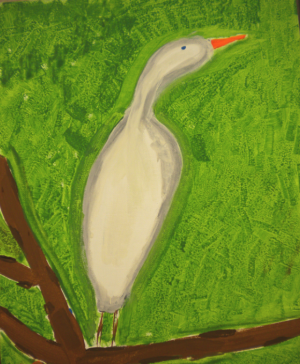In the aftermath of the biggest oil spill in American history last year, a group of teachers decided to provide a forum for students to record the devastating effects on their communities, environment, and culture. The following excerpt, from Spotlight on Digital Media and Learning, describes how educators used digital media to create an interactive, student-driven space called Voices on the Gulf.
By Josh Karp
“There’s not much of a teacher voice on the site. We begin with the students' questions and not our questions,” explains Paul Allison, one of the project's creators. “We work really hard in the background helping students come up with their own explorations. That’s an important part of our work.”
This has meant different things in different classrooms. Using a method known as i-search (as opposed to “research”) students came up with their own issues, found their own sources and did their own investigation of the topics they chose.
Kaylie Bonin, a 4th-grader in Margaret Simon’s class, wanted to write about the effects of the oil spill on birds. She used an interactive whiteboard to create an illustrated short story about a plover (a small coastal wading bird) named Clover who uses his smarts to “make a difference,” by rallying the dolphins to dive deep and stir up oil-eating micro-organisms to assist in the cleanup effort. (Read the story here.) The story generated such positive response that Bonin intends to self-publish her book using online tools and donate the proceeds from its sale to the National Audubon Society.


